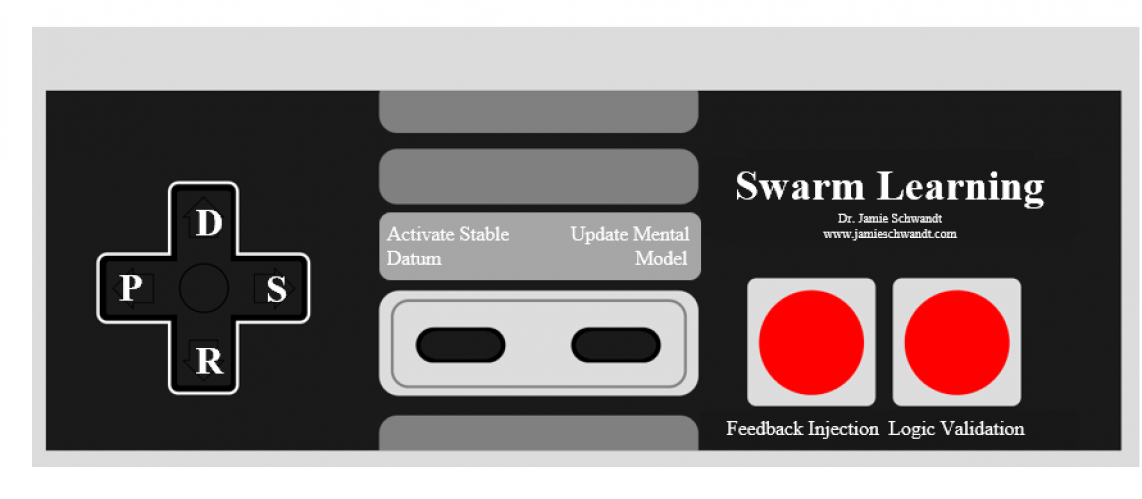What is autonomy and how does it apply in healthcare administration?
Autonomy involves the freedom of acting on one’s own will. This can apply to an individual, or an institution. There is self-control, self-regulation and ability to make one’s own decisions. This also means having open access to information and resources that allow one to be self-reliant in a way. The text explains the elements involved are: liberty and agency. This applies to healthcare administration because given the amount of stakeholders there can be in a healthcare institution, the idea of autonomy would seem to lie at the top of the ladder such as CEOs, Presidents and the Board. They have more autonomy to make decisions than do nurses and doctors. They have more freedom to make decisions. This being said, healthcare is an industry that entails much liability and extremely sensitive information, which also alludes to restrictions and limitations that strictly need to be abided by.
When it comes to a patient however, patients do have the autonomy to make the ultimate health care decisions and their decisions must be respected.
What is HIPAA and why was it enacted?
Congress enacted HIPPA to combat risks in healthcare such as fraud, abuse, waste.
It is the Health Insurance Portability and Accountability Act (HIPAA) that regulates and provides protection for health information used by health care providers. It has regulations for the privacy of health information, insurance handling, and interchange of electronic information. It propelled national standards for the handling of electronic health information.
What is the purpose of a PHR?
Personal Health Record- It is normally controlled by the patient. The patient or consumer gets to decide who has access to this information. These are not generally included under HIPPA, meaning the privacy and protection for this is not completely there. If this information is uploaded to a third party website, including a social network there is no protection under law.
What is General Semantics?
General Semantics explains language behavior. It is the process of how we respond to things based on our life experiences, but also how we respond to our life experiences including perception and evaluation.
What is the process of abstraction or the abstraction process?
Abstraction is the process of creating something concrete from something more abstract which is represented by the concept that “map is not reality.” Things get left out in the process as the explanation of something does not always give the full scope. Ideas can be so vast, but the process of conveying and explaining one’s own ideas can be deemed effective or not based on how the receiver of information also interprets this.
In DSRP — what is a Perspective? Use the abstraction process to provide your example.
Perspective in DSRP represents the different points of views at hand. Every stakeholder or person involved can view things differently. Each person’s “reality” differs based on their own background. Therefore, they can interpret things in ways that vary from their counterpart or teammate. This is where abstraction can look different for 2 people. Each person’s thought process when creating language to lay out ideas will be unique even if it is about the same thing. In order to create their own “map” they pull from their own thoughts and create maps or language that reflects them.
Using the process of abstraction within General Semantics — provide an example from the perspective of a healthcare administrator.
A healthcare administrator may want to create a specific workplace culture along with universal protocol that all staff could follow. If there is verbal coding or color coding that the entire staff should understand, the administrator must find a way to explain this in a way that everyone understands. Therefore he or she creates a map delineating procedures to be followed specific to this group. However, he or she will leave out the original abstract essence that led to creating this coding or protocol explanation. Therefore, it does not represent the full picture, but it provides a framework that allows the team to carry out the abstract idea.
Plectica Map: https://www.plectica.com/maps/BO4HG0M3D

Great job!
First of all,
I love that actor & I love that you put a meme in your plectica map!
Second of all, great job and I appreciate the example you gave in the last question. I was struggling with this one and it took me some time to use abstraction, but you even used a theoretical and literal ‘map’ in your example.
I liked the example you used for autonomy in healthcare administration. It is true that the top dogs, like CEO’s and board members, have more autonomy in decision making than the nurses or other staff. Sometimes even the doctors have more say than the CEO! I also loved the memes in your map. Great way to get creative with the assignment and add a little fun to it!
As my fellow class mates mentioned you have done a wonderful job with the last question. This was a different take than I had seen before and opened up some new ideas on how this is applied in healthcare.
Same here Great actor love the map :).